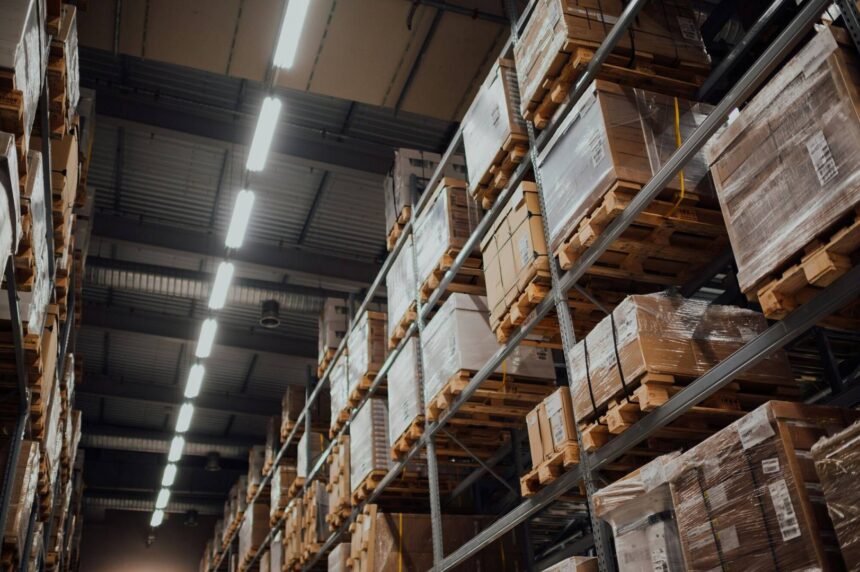When a warehouse reaches capacity, managers often think first about moving to a larger site. While relocation is sometimes necessary, it is also expensive, disruptive, and time-consuming. In many cases, a better option is to review how the existing space is being used. Careful planning and the installation of pallet racking can completely transform the efficiency of a warehouse without the need to expand its footprint.
Understanding the space you have
Before choosing a system, it is important to look at the warehouse in detail. Factors such as ceiling height, floor loading capacity, and the type of handling equipment in use all influence which racking options will work best. Even small details, like the positioning of fire exits or the width of loading bays, can affect the design. By carrying out a full assessment of the building, businesses can identify how much vertical space can be used and how to arrange aisles to support smooth traffic flow.
Matching racking to stock profiles
Every warehouse stores products differently, which is why warehouse pallet racking must be tailored to what is being handled. Adjustable racking is ideal for businesses with a varied stock profile that requires direct access to every pallet. Push back or drive-in systems are more suited to high-density storage, while cantilever racking supports awkward loads such as timber or piping. Matching the system to the products prevents wasted space and improves efficiency in picking and replenishment.
Designing for long-term flexibility
A common mistake in warehouse planning is to design for today without considering tomorrow. Businesses grow, product lines expand, and handling methods evolve. A pallet racking system that is modular and adjustable allows changes to be made without disrupting operations. Additional bays can be added, beam levels can be moved, and specialist systems can be integrated as needs change. This flexibility ensures that the investment continues to deliver value over many years.
The importance of safety in design
While efficiency is vital, safety cannot be overlooked. Racking must be engineered to carry the weight of the products being stored, anchored securely to the floor, and spaced to allow safe forklift manoeuvring. Designing with safety in mind also means planning for clear pedestrian routes, adequate lighting, and protection against accidental impacts from handling equipment. Annual inspections by SARI-qualified professionals provide further assurance that the system remains compliant and structurally sound.
A smarter way to use existing space
Well-planned pallet racking is not just about stacking pallets higher. It is about creating a system that makes better use of the building, improves daily workflows, and protects both staff and stock. With the right design, businesses can often double their usable storage space without expanding their premises. For companies under pressure to grow, it offers a smarter, safer, and more cost-effective way to handle rising demand.
